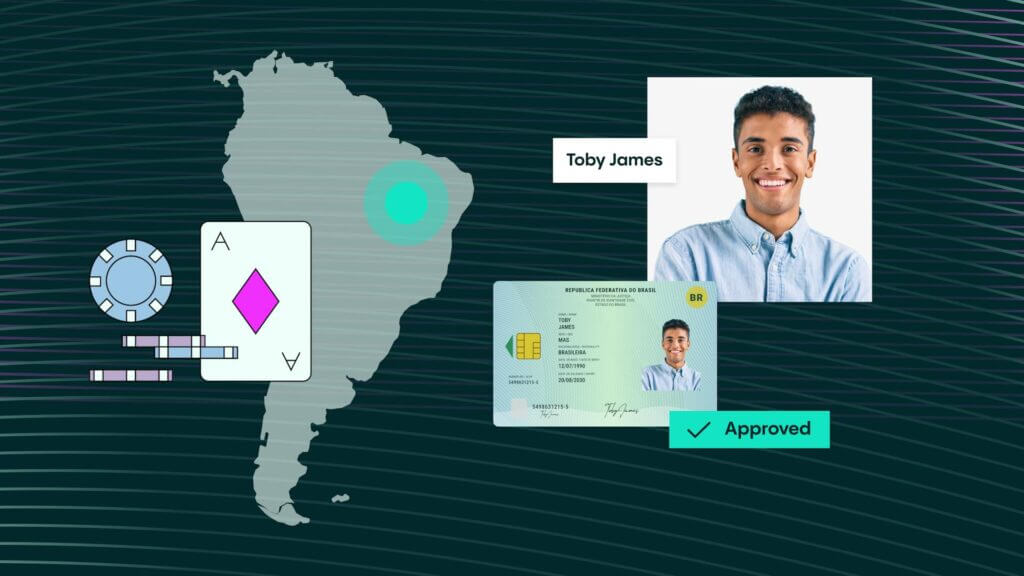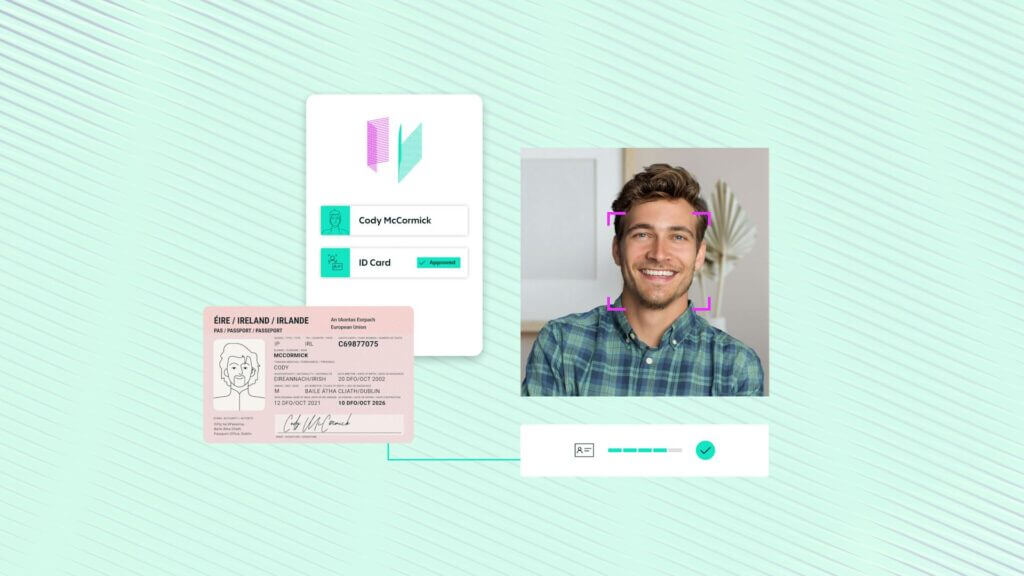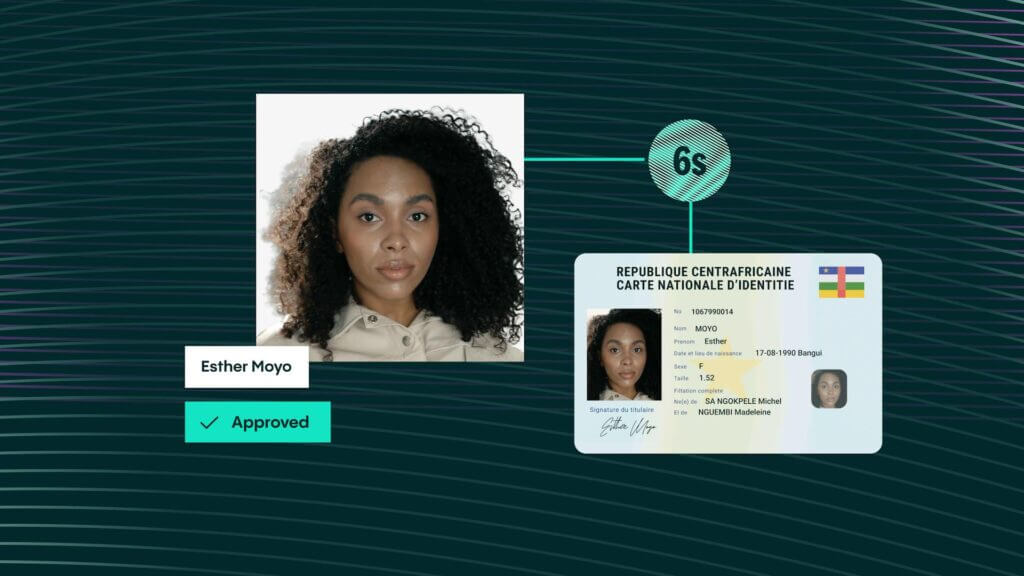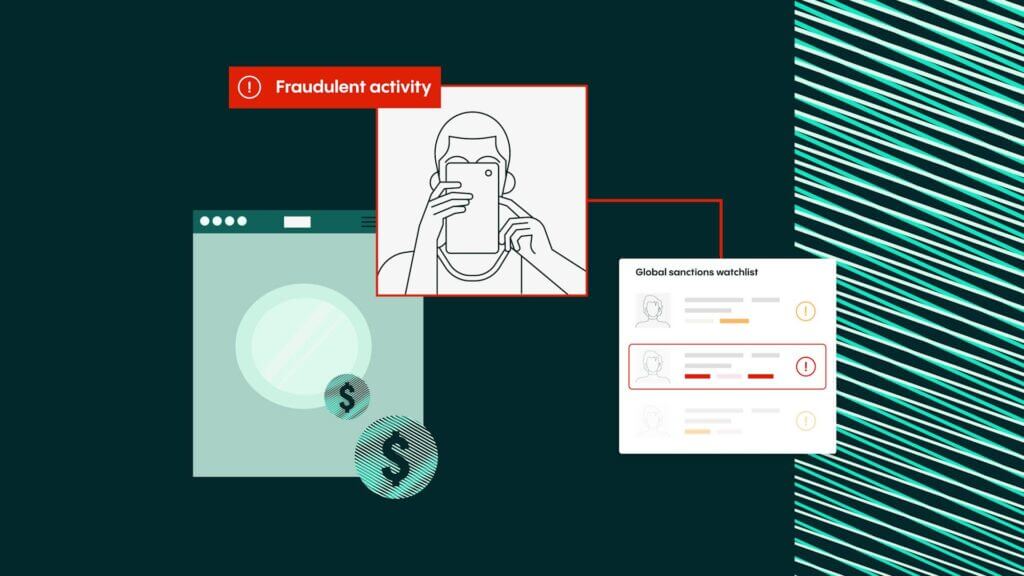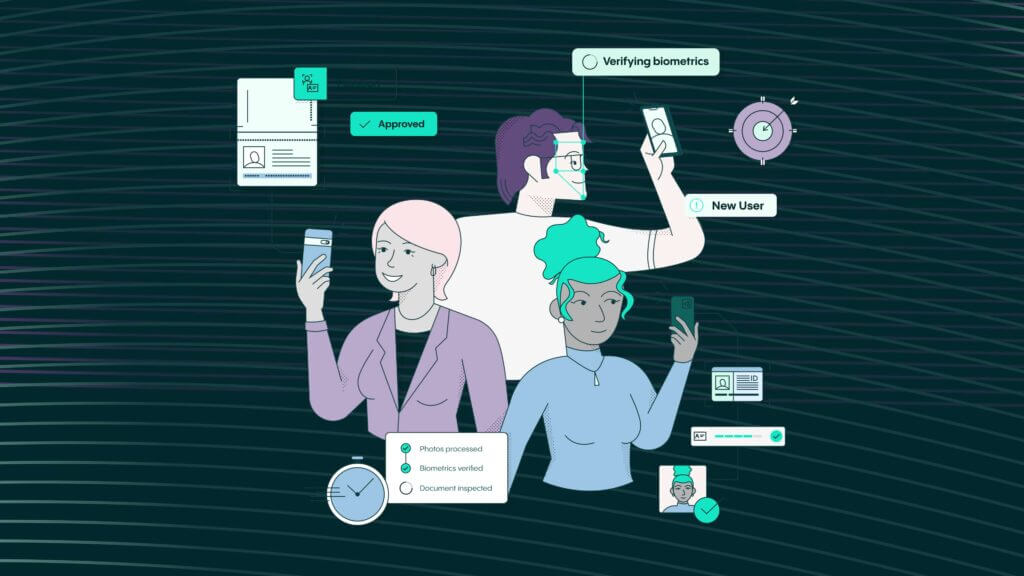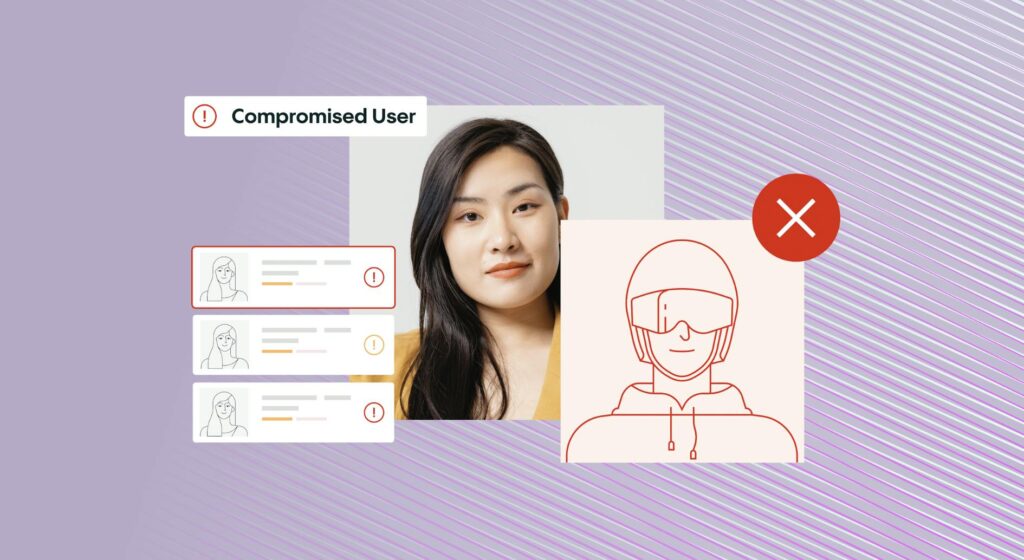Onboarding Article
Automated KYC vs manual KYC: The future of trust in digital onboarding
Unlocking the doors to a seamless digital journey begins with client onboarding. Whether welcoming a new customer to a company or introducing a user to a service, the process sets the tone for the relationship ahead. In today’s digital landscape, the spotlight shines on digital onboarding—an entirely online experience, untethered from physical branches or premises.

Veriff recently attended the Financial Crime 360 event, where industry leaders came together to discuss the future of compliance, trust, and digital identity in a rapidly evolving regulatory landscape. This article captures our key takeaways from those conversations.
In today’s digital economy, the customer journey starts long before the first transaction — it begins at onboarding. Whether you’re verifying a user for a financial service, gaming platform, or marketplace, the ability to build trust instantly defines the entire relationship.
And increasingly, that trust is powered by automation. Automated KYC (Know Your Customer) solutions have become essential to secure, compliant, and seamless onboarding — replacing manual, time-consuming checks with intelligent, real-time verification that balances safety with user experience.
What is automated KYC and how does it transform onboarding?
Customer onboarding traditionally required face-to-face interactions and manual document checks. In the digital era, onboarding happens entirely online — customers verify their identities through apps or websites without visiting a branch.
At the core of this process lies KYC compliance, a regulatory requirement for financial, fintech, and digital service providers to confirm identities and assess risk under KYC and AML (Anti-Money Laundering) legislation.
Automated KYC transforms this process using AI, machine learning, and automation to validate documents, confirm identity, and assess risk in seconds. The result is faster onboarding, fewer errors, and a dramatically improved user experience.
Why automation matters more than ever
In an environment where fraudsters collaborate more efficiently than institutions, speed and intelligence are essential.
Manual KYC — slow, inconsistent, and prone to fatigue — can no longer keep pace with today’s organised and AI-enabled criminal networks.
Automated KYC provides:
- Real-time identity validation
- Automated document analysis
- Continuous risk assessment and fraud detection
This doesn’t just improve efficiency; it strengthens trust, reduces onboarding drop-offs, and ensures regulatory alignment — all while offering the seamless experiences today’s customers expect.

KYC procedures are essential to any business that wants to accurately assess customer risk. KYC processes ensure that you know the identity of your customers and the risks they could pose to your organization. Veriff’s solutions help businesses meet regulatory requirements and beyond.

Strategies to enhance KYC automation
To maximize the efficacy of automated KYC, businesses must adopt strategies that align with their specific industry regulations, compliance obligations, and risk tolerance. Below are five strategic approaches organizations can implement to enhance their security framework and operational efficiency based on their unique requirements.
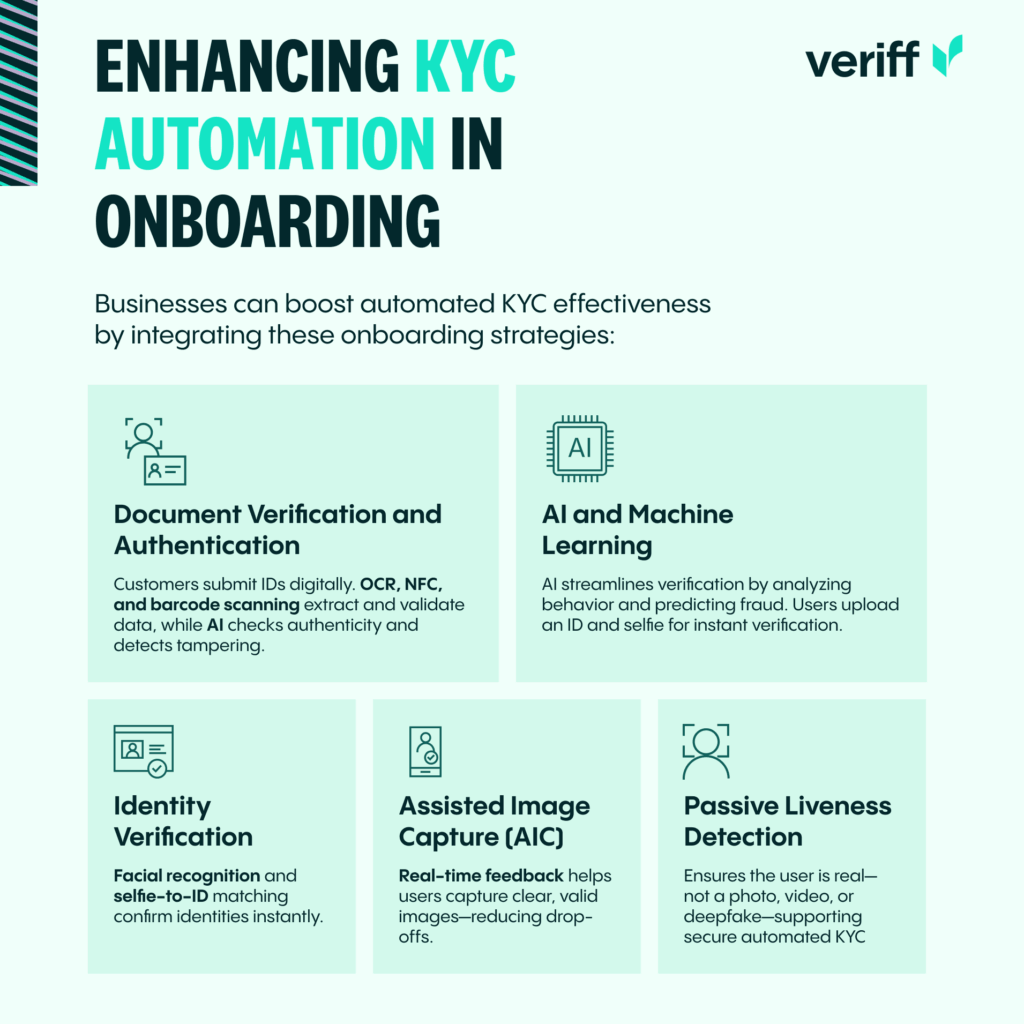
- Document Verification and Authentication
Customers upload IDs digitally; AI models and tools like OCR, NFC, and barcode scanning instantly verify authenticity and detect tampering.
- Biometric Identity Verification
Selfie-to-ID matching and facial recognition confirm identities in seconds — boosting both speed and security.
- AI and Machine Learning for Risk Prediction
Intelligent models learn from behavioural patterns and adapt to detect emerging fraud, reducing reliance on manual checks.
- Passive Liveness Detection Ensures that the person is real — not a photo, video, or deepfake — adding an extra layer of protection.
- Assisted Image Capture (AIC)
Real-time feedback helps users capture valid photos the first time, minimising frustration and drop-off.
Automated vs manual KYC: A shift from reactive to proactive fraud management
Manual KYC was built for a slower, paper-based world. Automated KYC, by contrast, operates at digital speed — powered by AI models that continuously learn, detect anomalies, and adapt to new fraud tactics.
Where manual verification introduces human delay and inconsistency, automated systems offer:
- Scalability and 24/7 availability
- Real-time fraud detection
- Consistent, auditable compliance
According to insights from Financial Crime 360 (Nov 2025), regulators now encourage AI-driven compliance with accountability, — requiring explainable, auditable systems where a human remains “in the loop” for critical decisions. Automation done right enables both agility and oversight.

Building trust through transparent automation
A key insight from the Financial Crime 360 event was that while fraudsters are quick to share data, legitimate businesses are often reluctant.
The next phase of fraud prevention depends on cross-industry data collaboration and explainable AI.
Automated KYC systems designed for transparency help bridge these gaps.
Key principles for modern compliance:
- Transparency-by-design: Every automated decision must have an audit trail.
- Human + AI collaboration: AI surfaces risks, humans validate decisions.
- Shared intelligence: Data ecosystems that enable cross-institutional fraud prevention.
Trust, once seen as a “soft” concept, is now a competitive differentiator. Customers choose providers that demonstrate both security and openness in how their identities are verified and protected.

The road ahead: From compliance to collaboration
As fraud evolves, so must the industry. The future of onboarding lies in intelligent automation and collaborative defense.
Emerging trends shaping 2025 and beyond:
- Shared fraud databases and industry-wide risk scoring
- AI models with explainable reasoning and full auditability
- Adaptive onboarding journeys powered by behavioural signals
- Unified digital identity frameworks spanning industries
Automation isn’t replacing human judgment — it’s amplifying it. By connecting technology, transparency, and trust, onboarding becomes not just faster, but foundational to long-term customer relationships.
FAQ
1. Why is KYC automation critical for modern onboarding?
Automated KYC reduces friction by extracting and verifying data automatically, enabling faster, compliant, and user-friendly onboarding.
2. How does automation support regulatory compliance?
While both manual and automated KYC must meet the same legal standards, automation ensures:
- Full audit trails for regulatory trust
- Consistent, bias-free verification
- Real-time fraud detection
- Accurate and up-to-date customer data
3. What technologies are used in KYC automation?
Common technologies include:
- Optical Character Recognition (OCR) for document scanning
- Biometric facial recognition
- Machine learning models for risk scoring
- API integrations with government and sanction databases




